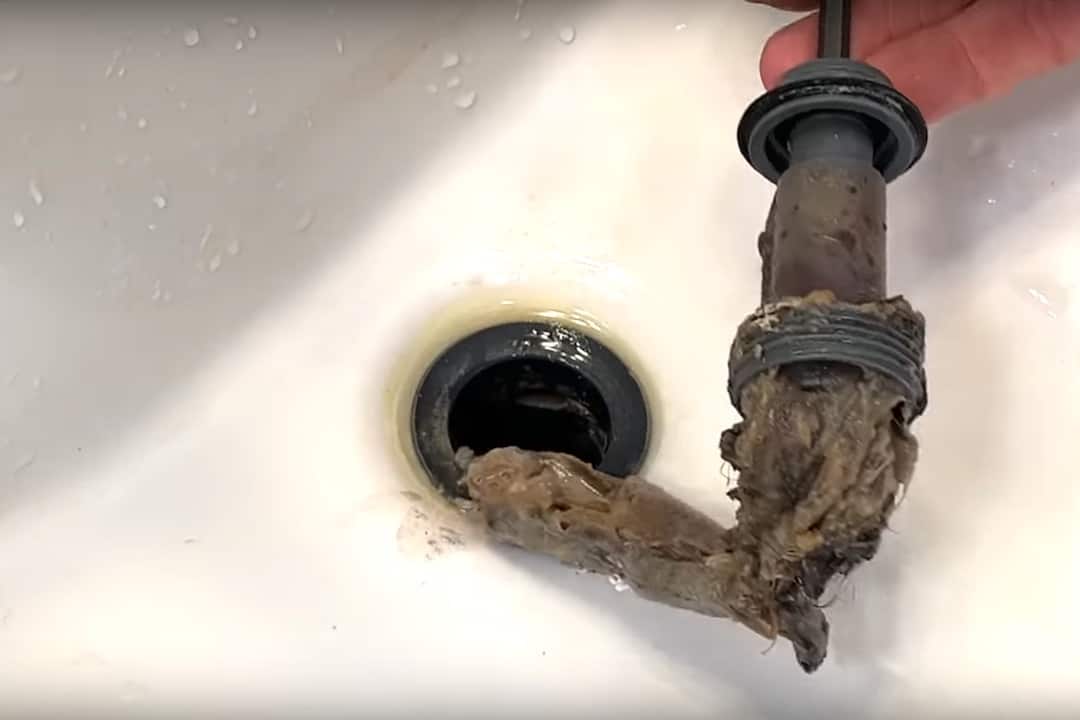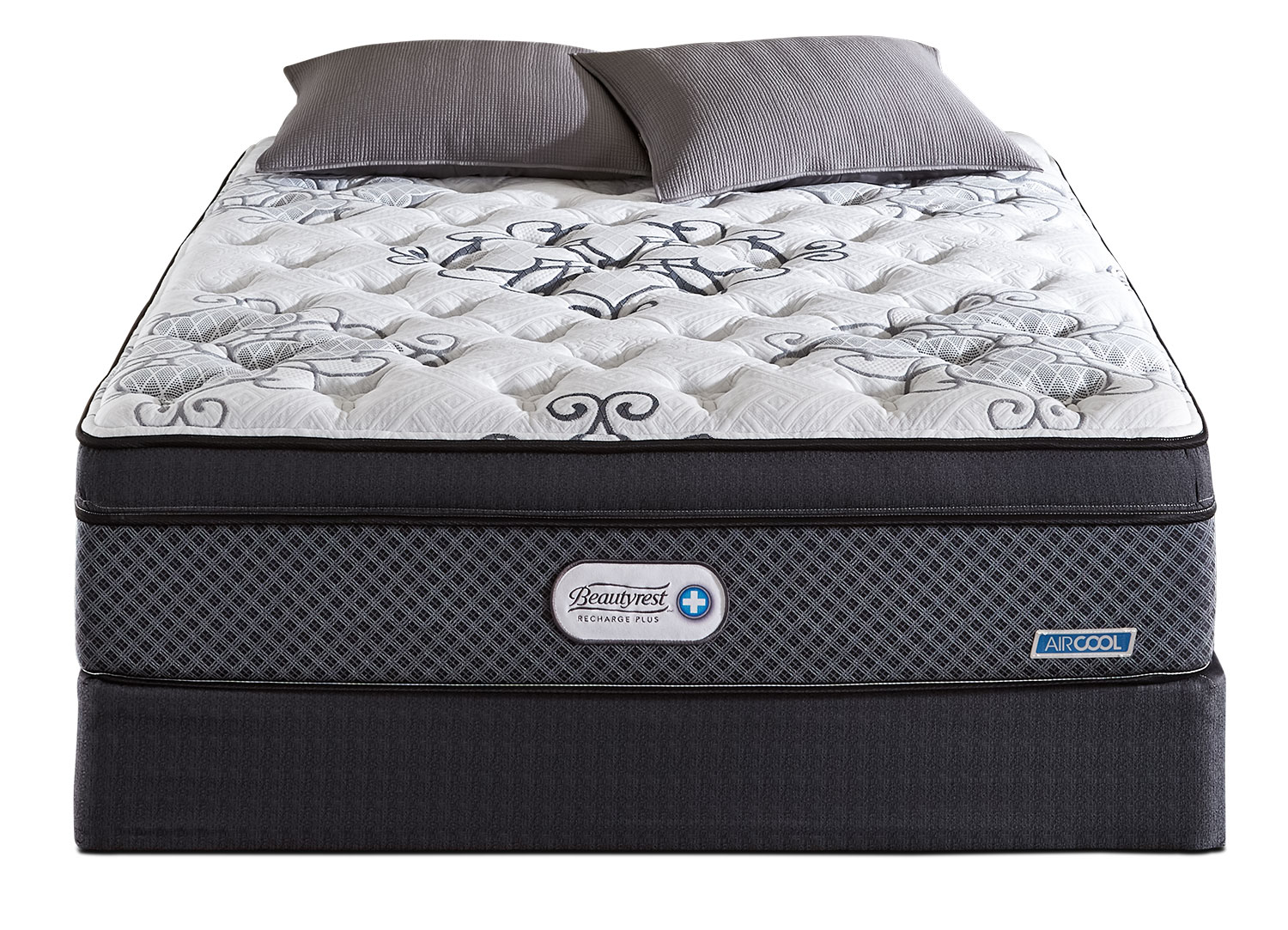Inside Dirty Bathroom Sink Drain
Having a dirty bathroom sink drain is not only unpleasant to look at, but it can also lead to foul odors and clogs. Over time, hair, soap scum, and other debris can build up inside the drain, causing it to become slow or completely blocked. This can be a frustrating and messy problem to deal with, but with the right techniques, you can easily clean and maintain your bathroom sink drain for a fresh and functional bathroom.
How to Clean a Bathroom Sink Drain
If you notice that your bathroom sink is draining slowly, it's a sign that it's time to give your drain a good cleaning. The first step is to remove any visible debris, such as hair or soap scum, from the surface of the drain. You can use a pair of tweezers or a small brush to gently pull out any obstructions. Be sure to wear gloves to protect your hands from any bacteria or chemicals that may be present.
Next, you can use a mixture of hot water and dish soap to flush out the drain and remove any remaining buildup. This is a simple and effective DIY solution that can help break down grease and grime in your drain. Simply pour a pot of boiling water down the drain, followed by a generous amount of dish soap. Let it sit for a few minutes, then use a plunger to help dislodge any stubborn clogs.
Unclogging a Bathroom Sink Drain
If your bathroom sink drain is completely clogged, you may need to use a more powerful solution to clear the blockage. Be cautious when using chemicals or commercial drain cleaners, as they can be harmful to both you and your pipes. Instead, consider using a homemade drain cleaner made of baking soda and vinegar. This natural solution is not only effective, but it's also safe for your pipes and the environment. Start by pouring half a cup of baking soda down the drain, followed by half a cup of vinegar. Let it sit for about 30 minutes, then flush it with hot water. Repeat this process if necessary.
Removing Hair from Bathroom Sink Drain
Hair is one of the main culprits of a clogged bathroom sink drain. If left untreated, it can quickly accumulate and cause major blockages. To prevent this from happening, make sure to regularly remove any hair from the surface of the drain. You can use a pair of tweezers or a small brush to pull out any visible hair. For a more thorough clean, you can also use a drain snake or a zip-it tool to reach deeper into the drain and remove any trapped hair.
DIY Bathroom Sink Drain Cleaner
If you prefer to use natural and homemade solutions to clean your bathroom sink drain, there are a few other options you can try. For example, a mixture of baking soda and salt can help break down grease and grime in your drain. You can also use a combination of lemon juice and baking soda for a fresh-smelling and effective drain cleaner. These DIY cleaners are not only budget-friendly, but they are also safer and gentler on your plumbing.
Natural Bathroom Sink Drain Cleaner
If you're looking for more natural and eco-friendly options for cleaning your bathroom sink drain, there are plenty of products available on the market. Look for cleaners that are made with natural ingredients such as enzymes or essential oils. These products are not only effective in breaking down buildup and eliminating odors, but they are also better for the environment and your health.
Best Products for Cleaning Bathroom Sink Drain
In addition to natural cleaners, there are also commercial products specifically designed for cleaning bathroom sink drains. These can include foaming cleaners, drain sticks, and enzyme-based formulas. It's important to read the labels and choose products that are safe for your plumbing and septic system. You can also check for customer reviews and recommendations to find the best product for your needs.
Preventing Clogs in Bathroom Sink Drain
The best way to deal with a dirty bathroom sink drain is to prevent it from happening in the first place. You can do this by being mindful of what you put down the drain. Avoid pouring grease, oil, or coffee grounds down the sink, as they can solidify and cause clogs. You can also use a drain stopper to catch any hair or debris before it goes down the drain. Regularly cleaning and maintaining your bathroom sink drain can also help prevent future clogs.
Professional Bathroom Sink Drain Cleaning
If you're dealing with a persistent or severe clog, it may be time to call in a professional plumber. They have the necessary tools and expertise to effectively clean and unclog your bathroom sink drain. They can also provide tips and advice on how to properly maintain your drain to prevent future issues. Keep in mind that professional drain cleaning may come at a higher cost, but it can save you time and frustration in the long run.
Troubleshooting a Clogged Bathroom Sink Drain
If you've tried all the above methods and your bathroom sink drain is still clogged, there may be a more serious issue at hand. A clogged drain could be a sign of a bigger problem, such as a damaged or collapsed pipe. In this case, it's best to seek professional help to properly diagnose and fix the issue. Ignoring a clogged or slow-draining sink can lead to more costly and extensive repairs in the future.
With these tips, you can effectively clean and maintain your bathroom sink drain for a fresh and functional bathroom. Remember to be mindful of what goes down the drain, regularly clean and remove hair, and use natural and safe cleaning solutions. By taking these preventive measures, you can avoid the hassle and frustration of dealing with a dirty and clogged bathroom sink drain.
The Importance of Maintaining a Clean Bathroom Sink Drain

Why is a clean bathroom sink drain important?
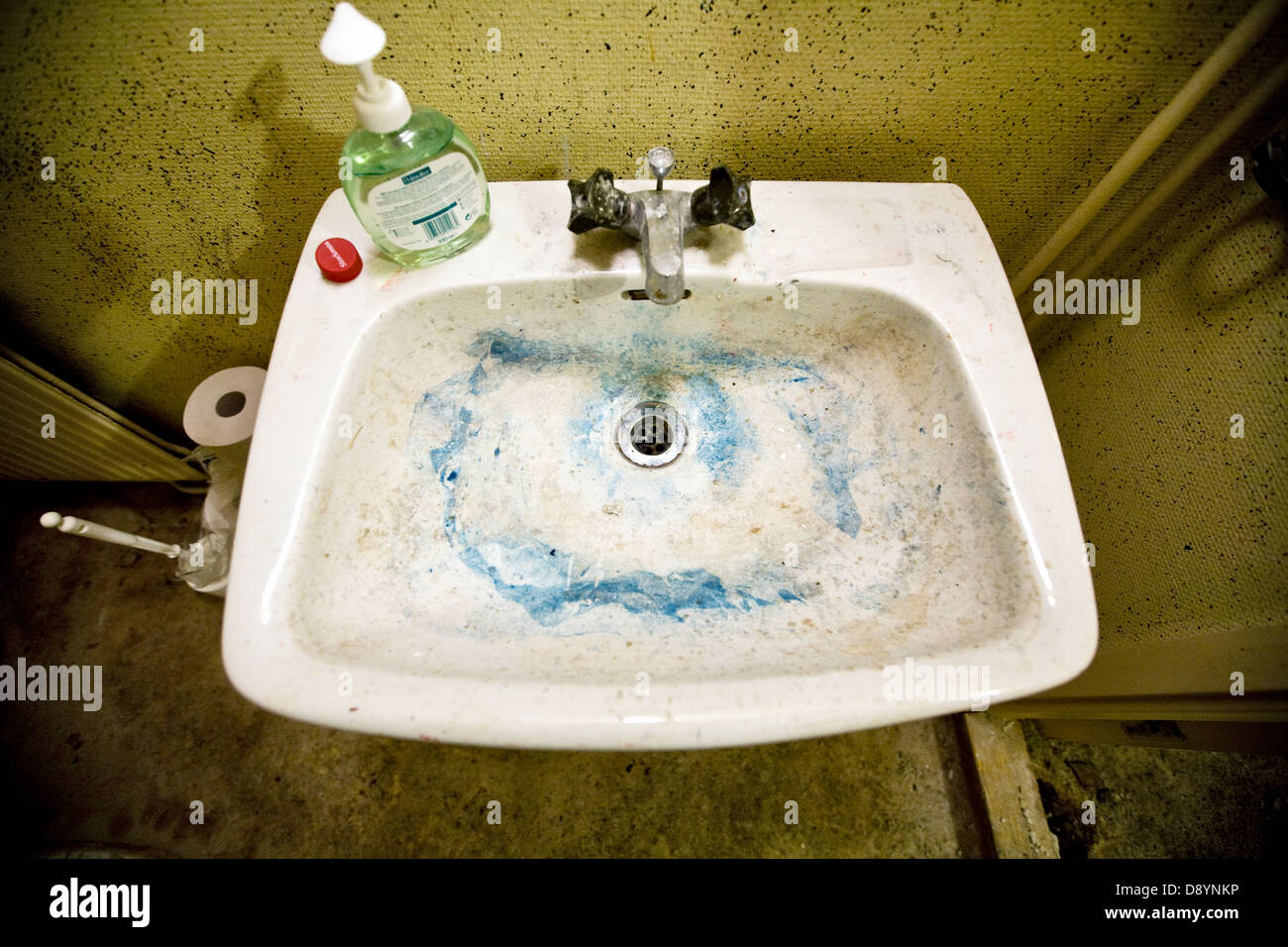 A bathroom sink drain may seem like a small and insignificant part of your house, but it plays a crucial role in maintaining a clean and hygienic environment. Often overlooked, a dirty bathroom sink drain can lead to a buildup of bacteria, mold, and unpleasant odors, which can affect not only the appearance of your bathroom but also your overall health. Therefore, it is essential to regularly clean and maintain your bathroom sink drain to ensure a healthy and sanitary living space.
A bathroom sink drain may seem like a small and insignificant part of your house, but it plays a crucial role in maintaining a clean and hygienic environment. Often overlooked, a dirty bathroom sink drain can lead to a buildup of bacteria, mold, and unpleasant odors, which can affect not only the appearance of your bathroom but also your overall health. Therefore, it is essential to regularly clean and maintain your bathroom sink drain to ensure a healthy and sanitary living space.
The consequences of a dirty bathroom sink drain
 A dirty bathroom sink drain can have several negative consequences, both aesthetically and health-wise. Firstly, a buildup of grime and soap scum in the drain can cause water to drain slowly, leading to standing water in the sink. This not only looks unsightly but also creates a breeding ground for bacteria and mold. These microorganisms can then release foul odors, making your bathroom smell unpleasant. Moreover, if left unaddressed, these bacteria and mold can eventually spread to other areas of your bathroom, posing a risk to your health.
A dirty bathroom sink drain can have several negative consequences, both aesthetically and health-wise. Firstly, a buildup of grime and soap scum in the drain can cause water to drain slowly, leading to standing water in the sink. This not only looks unsightly but also creates a breeding ground for bacteria and mold. These microorganisms can then release foul odors, making your bathroom smell unpleasant. Moreover, if left unaddressed, these bacteria and mold can eventually spread to other areas of your bathroom, posing a risk to your health.
How to maintain a clean bathroom sink drain
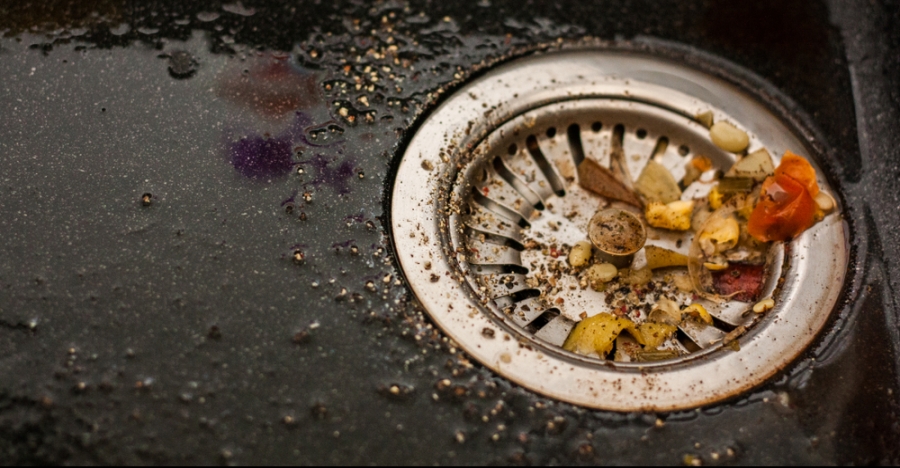 Regular maintenance and cleaning of your bathroom sink drain can prevent these issues and keep your bathroom in top condition. Firstly, make it a habit to run hot water down the drain after each use to prevent the buildup of grime and soap scum. Additionally, you can use a natural and eco-friendly drain cleaner, such as a mixture of baking soda and vinegar, to remove any clogs and eliminate bacteria and mold. It is also important to clean the visible parts of the drain, such as the stopper and drain cover, to prevent any buildup of grime and debris.
Regular maintenance and cleaning of your bathroom sink drain can prevent these issues and keep your bathroom in top condition. Firstly, make it a habit to run hot water down the drain after each use to prevent the buildup of grime and soap scum. Additionally, you can use a natural and eco-friendly drain cleaner, such as a mixture of baking soda and vinegar, to remove any clogs and eliminate bacteria and mold. It is also important to clean the visible parts of the drain, such as the stopper and drain cover, to prevent any buildup of grime and debris.
The benefits of a clean bathroom sink drain
 A clean bathroom sink drain not only ensures a hygienic living space but also has several other benefits. It prevents the growth and spread of bacteria and mold, which can cause health issues such as respiratory problems and allergies. A clean drain also improves the overall appearance of your bathroom and creates a more pleasant environment. It also helps to prevent any plumbing issues that may arise from a clogged drain, saving you time and money in the long run.
In conclusion, maintaining a clean bathroom sink drain is crucial for a clean and healthy home. By regularly cleaning and maintaining your drain, you can prevent the buildup of bacteria and mold, eliminate foul odors, and improve the overall appearance of your bathroom. So, make sure to add cleaning your bathroom sink drain to your list of household chores to ensure a hygienic and beautiful living space.
A clean bathroom sink drain not only ensures a hygienic living space but also has several other benefits. It prevents the growth and spread of bacteria and mold, which can cause health issues such as respiratory problems and allergies. A clean drain also improves the overall appearance of your bathroom and creates a more pleasant environment. It also helps to prevent any plumbing issues that may arise from a clogged drain, saving you time and money in the long run.
In conclusion, maintaining a clean bathroom sink drain is crucial for a clean and healthy home. By regularly cleaning and maintaining your drain, you can prevent the buildup of bacteria and mold, eliminate foul odors, and improve the overall appearance of your bathroom. So, make sure to add cleaning your bathroom sink drain to your list of household chores to ensure a hygienic and beautiful living space.





:strip_icc()/how-to-clean-a-bathroom-sink-drain-01-c728294c8bee42428afdf3e69f449279.jpg)
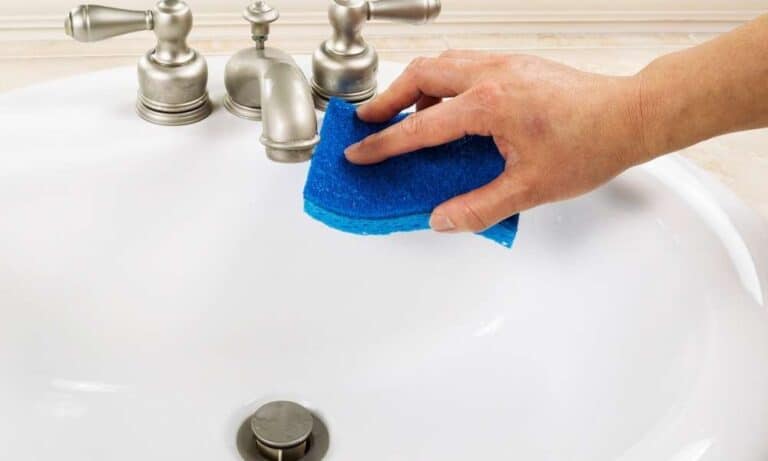




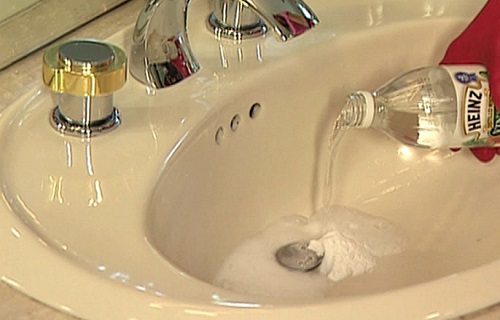


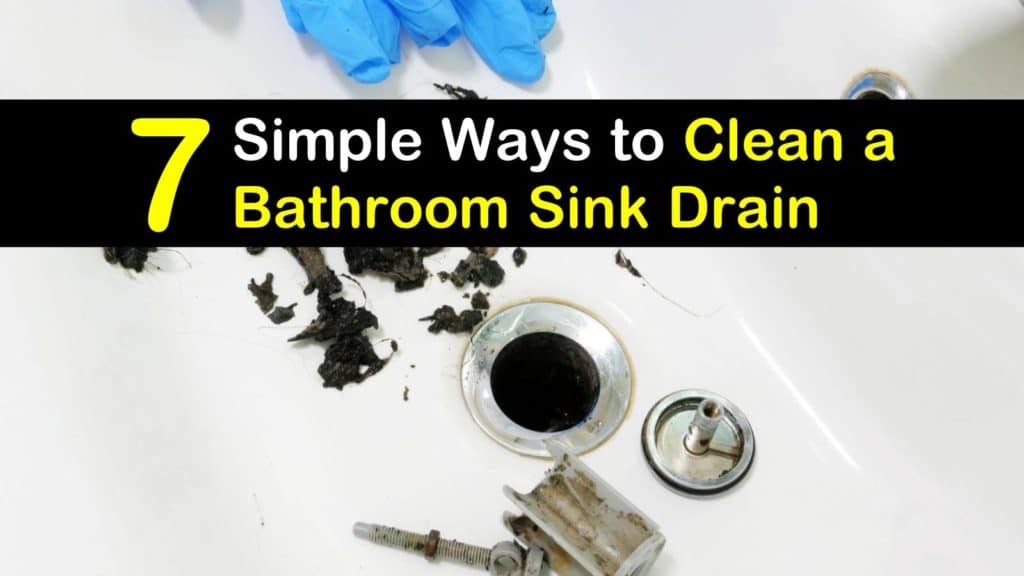


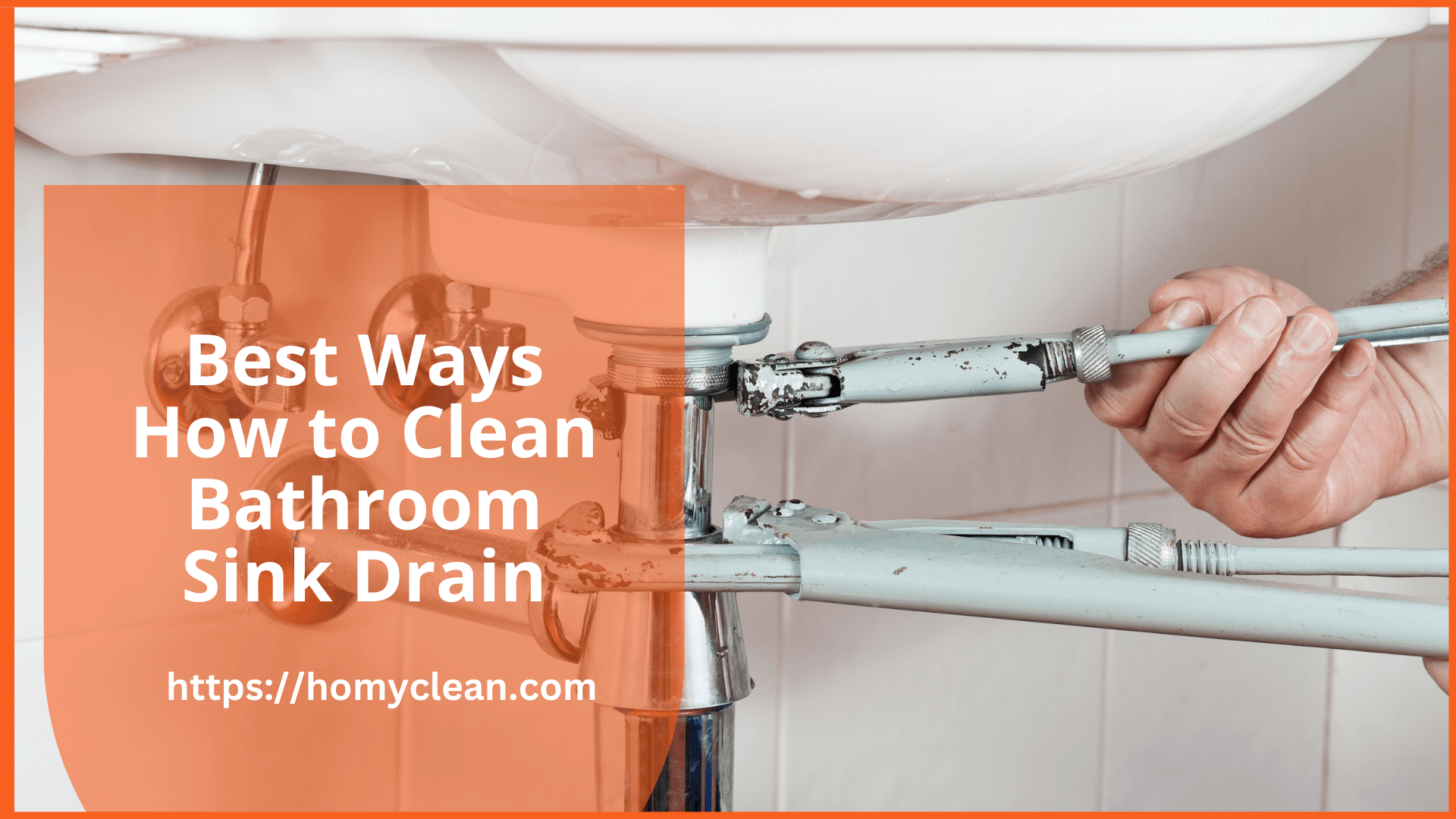
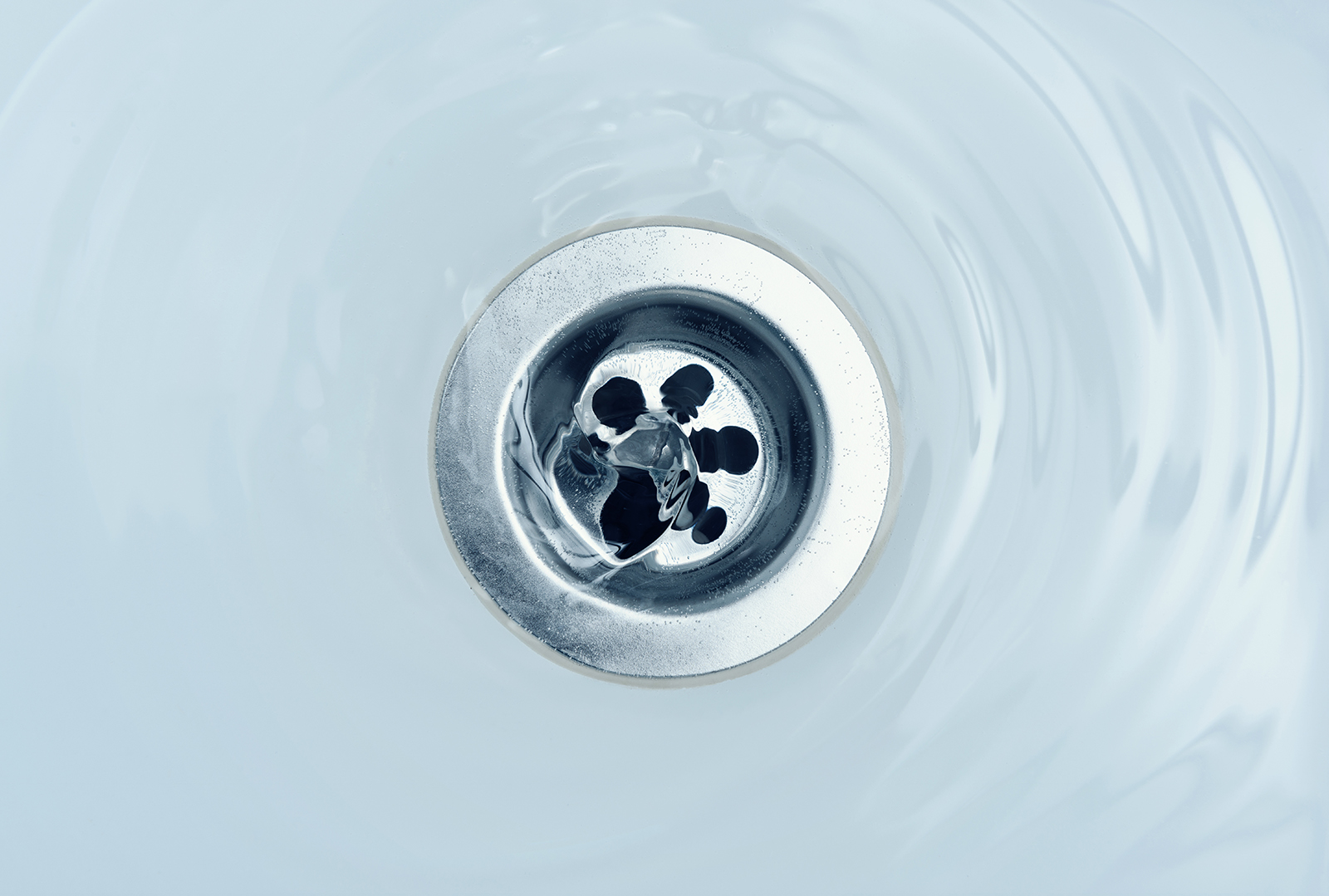








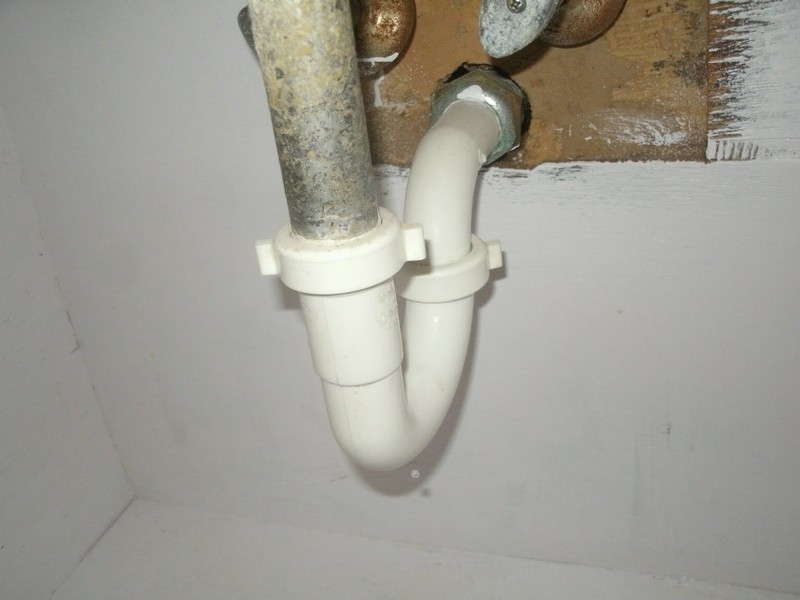




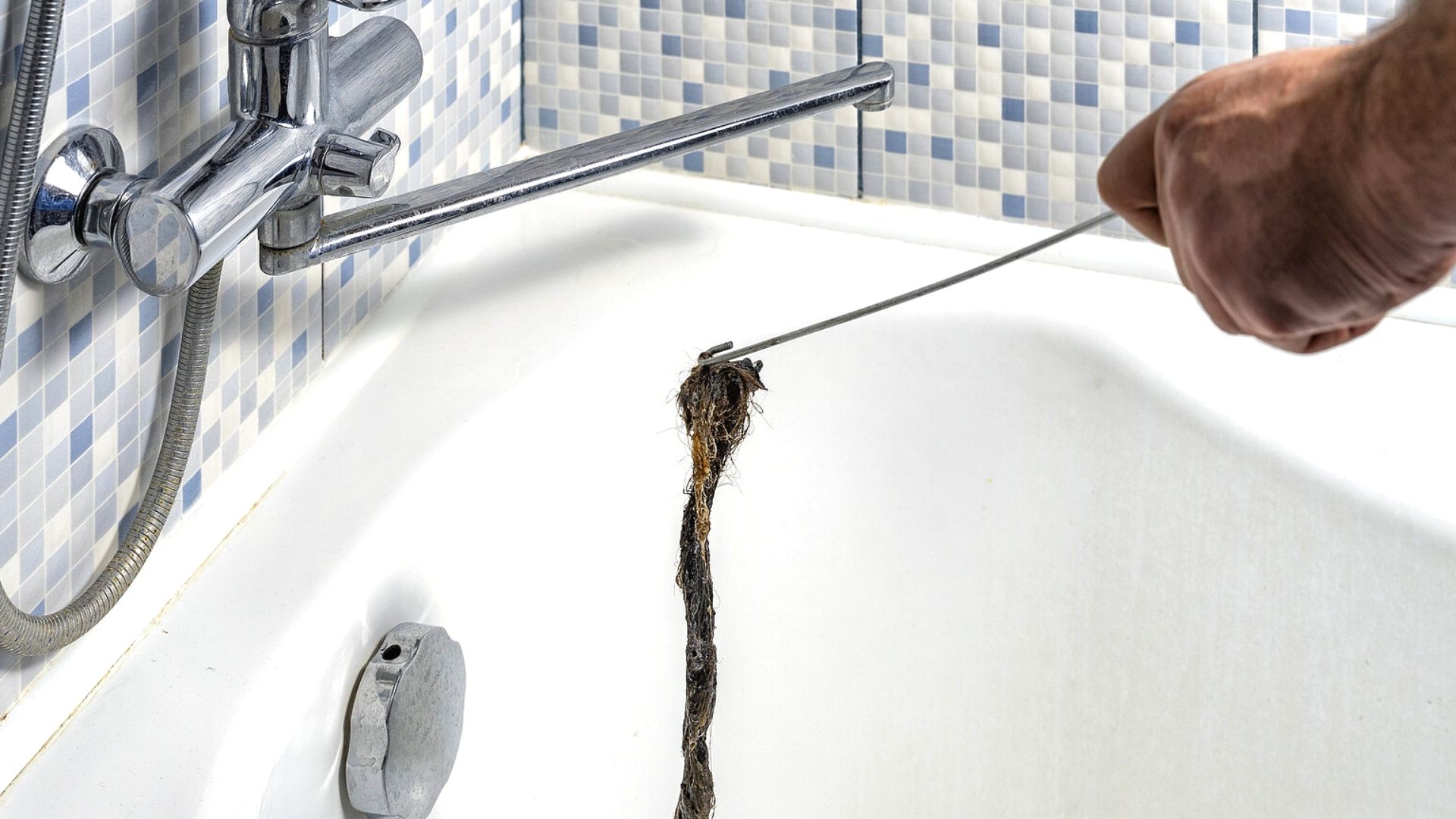






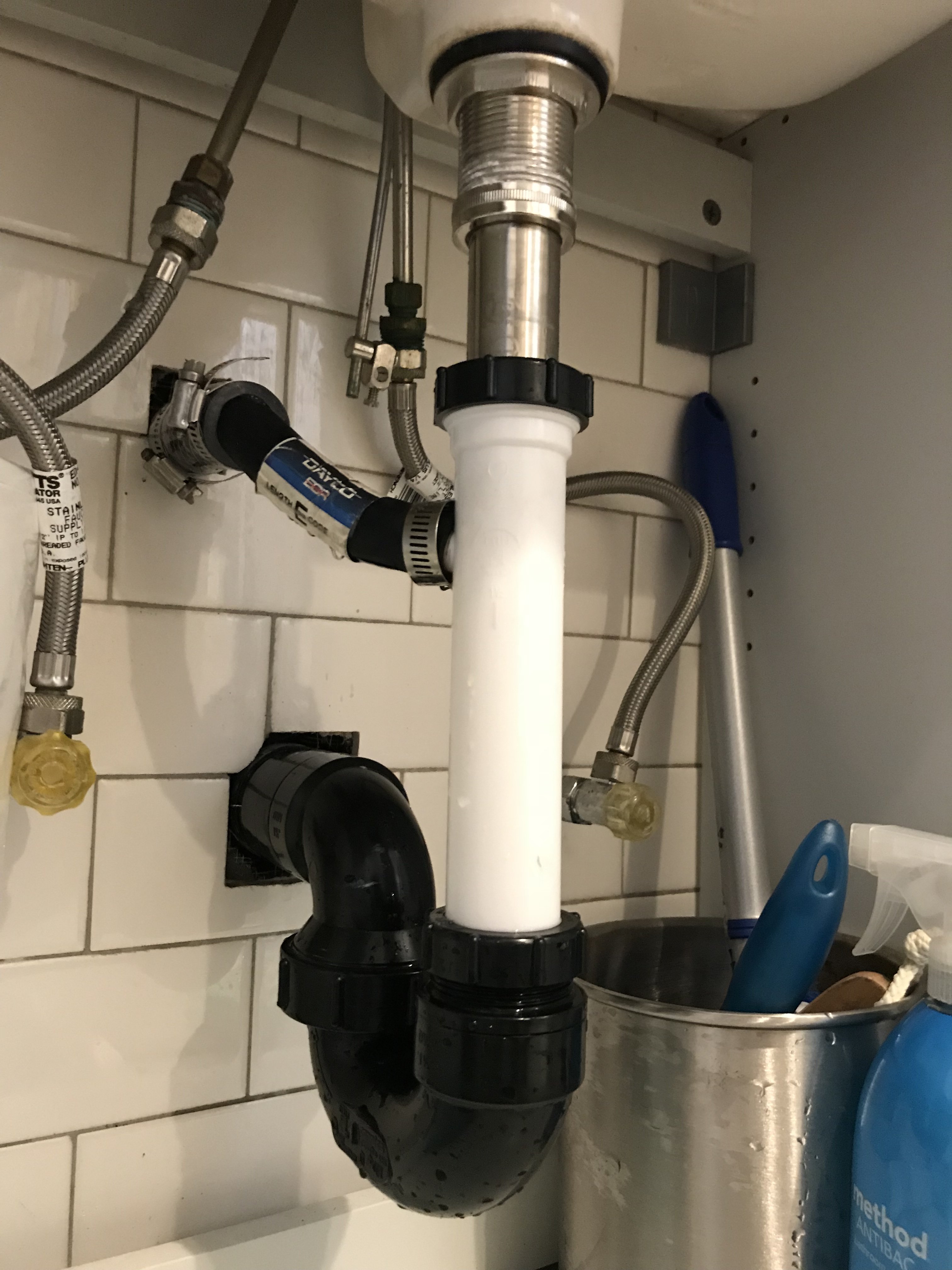

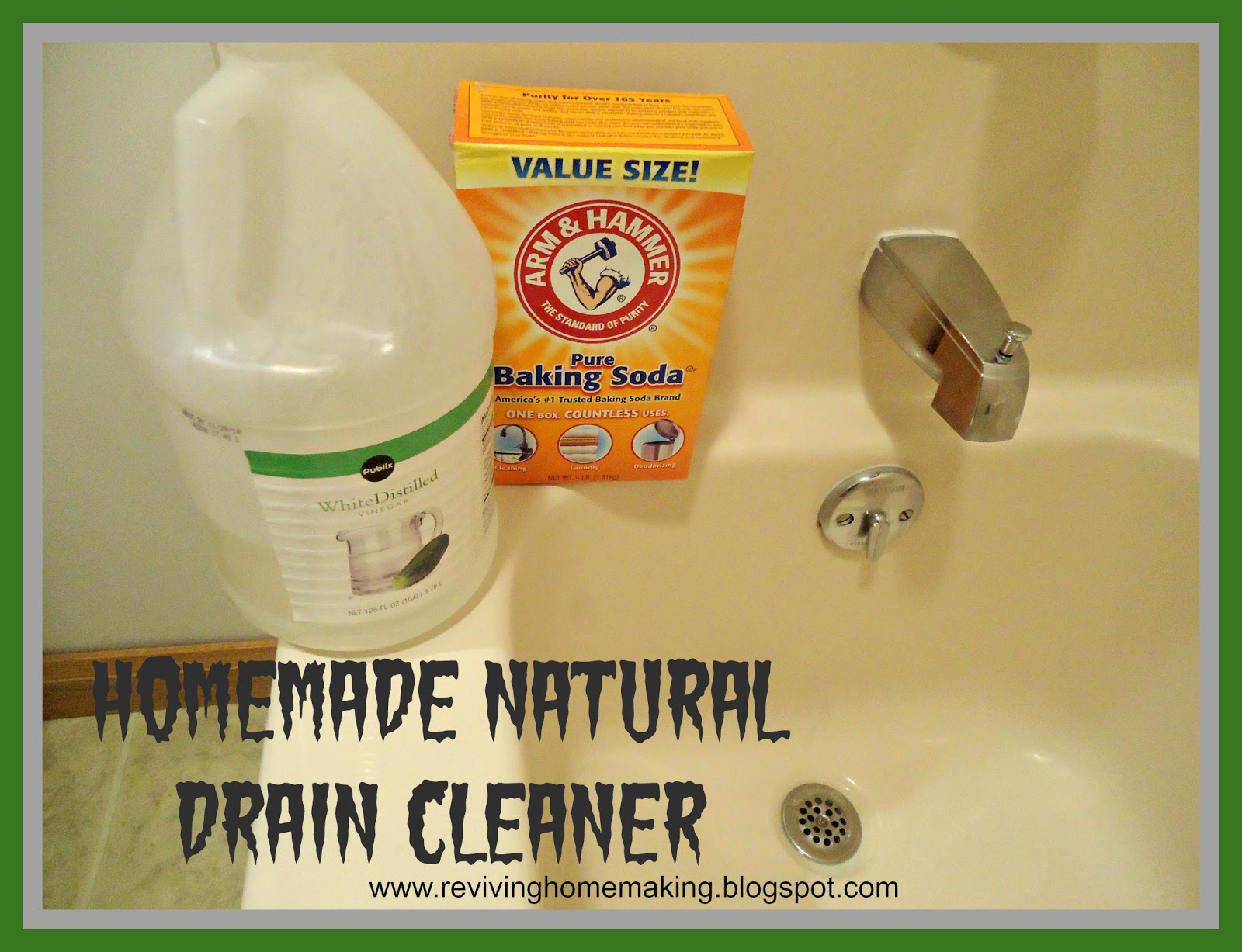

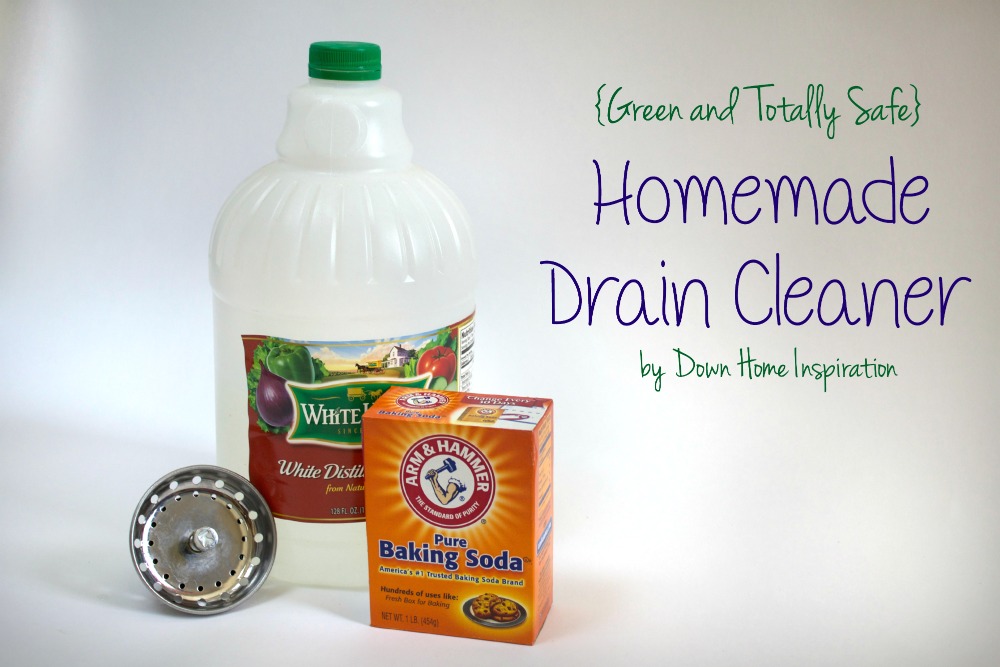

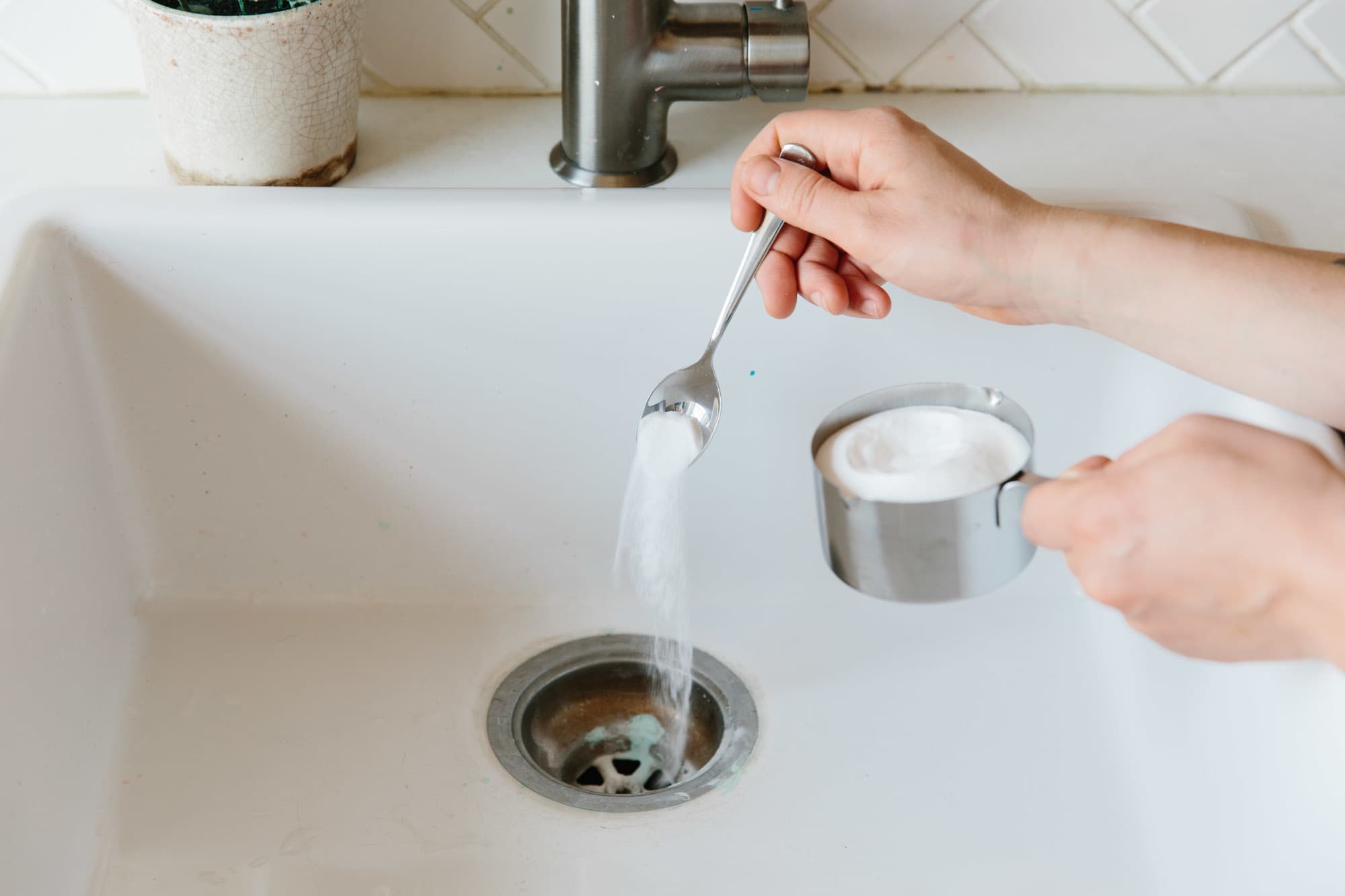
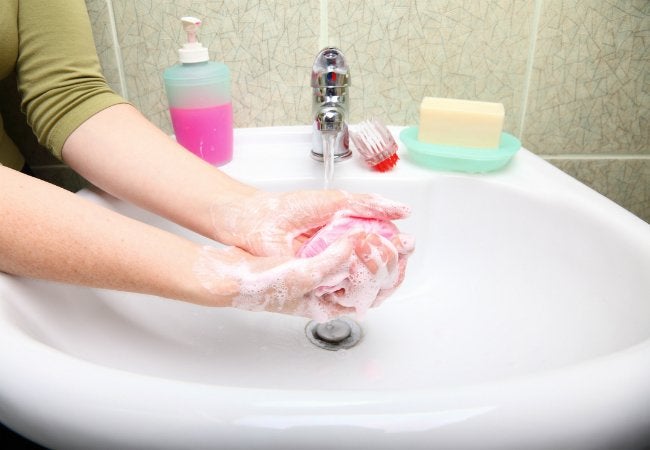

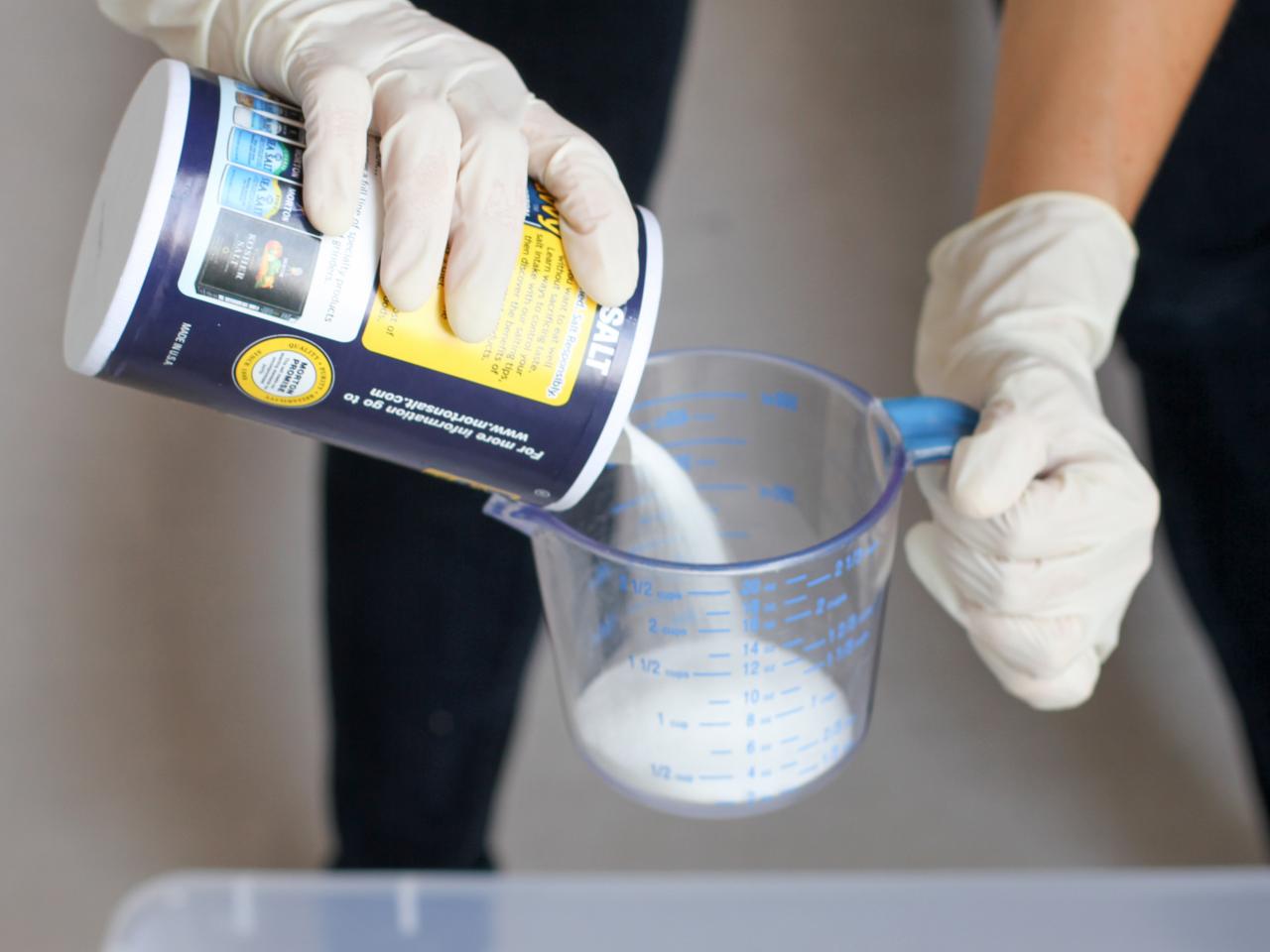




:max_bytes(150000):strip_icc()/freshen-and-unclog-drain-with-baking-soda-1900466-22-bbf940b70afa4d5abef0c54da23b1d3f.jpg)




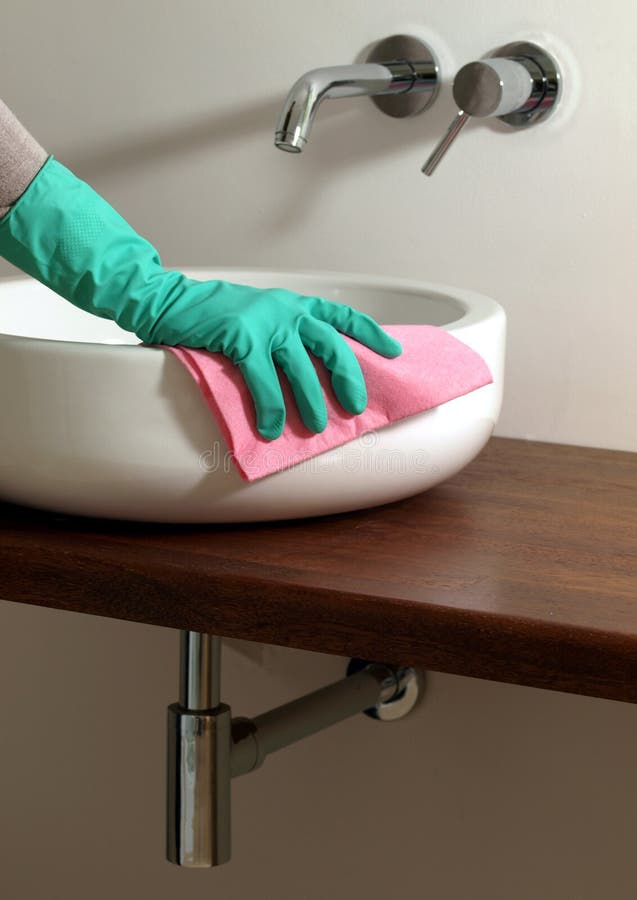





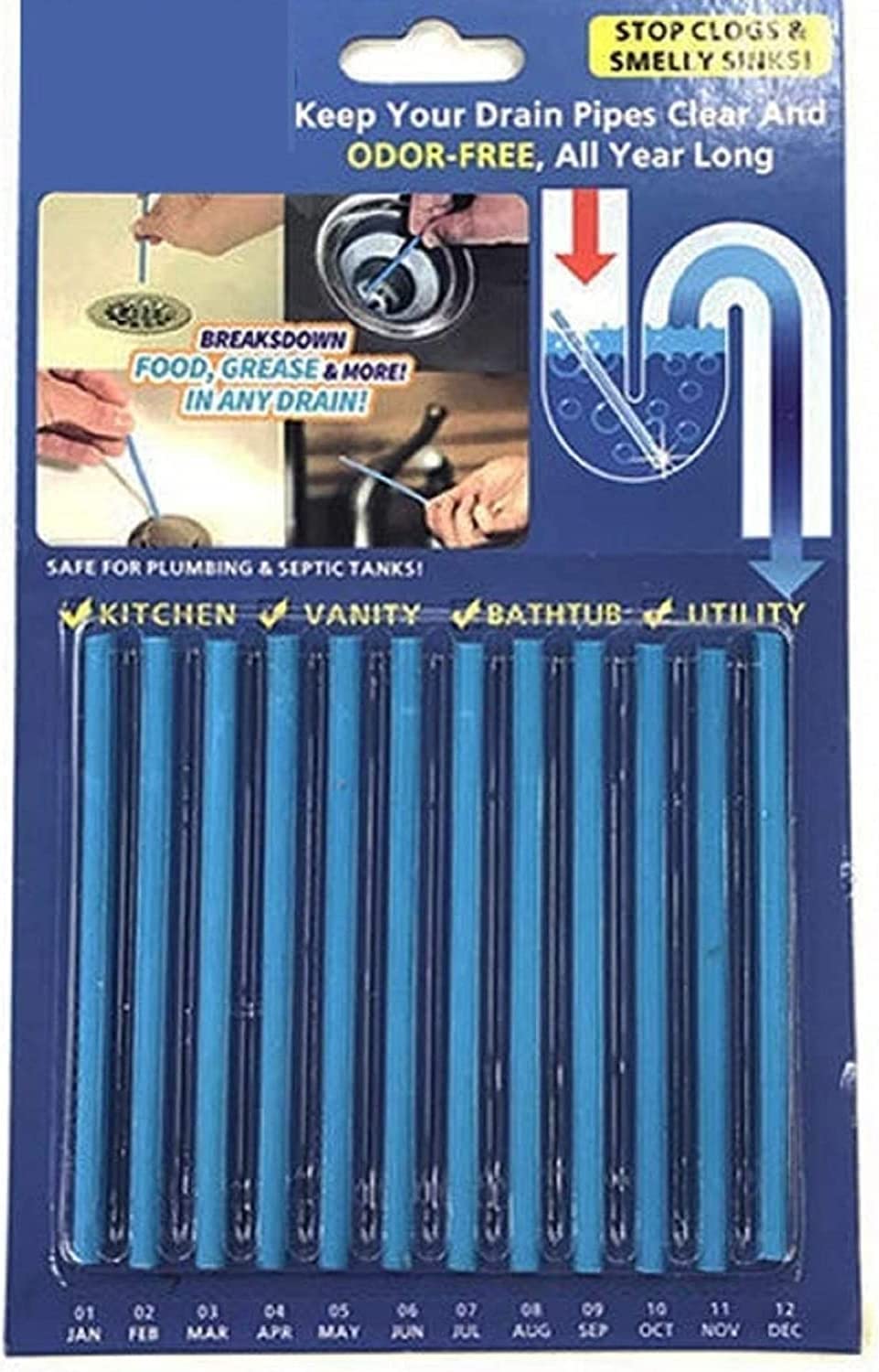




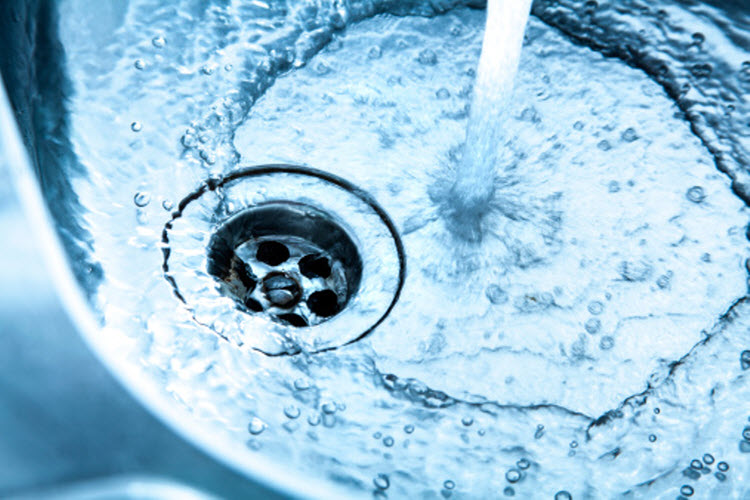



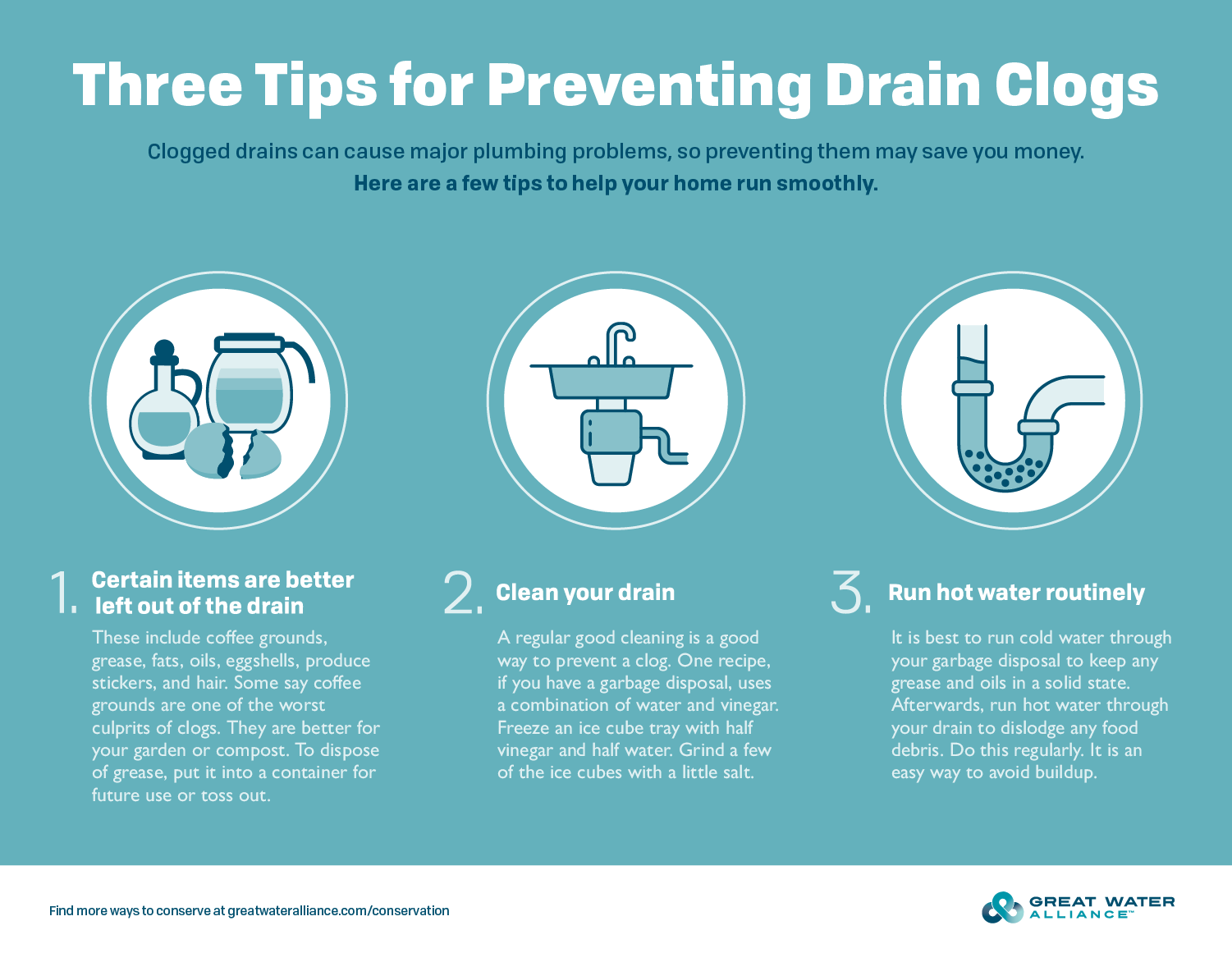
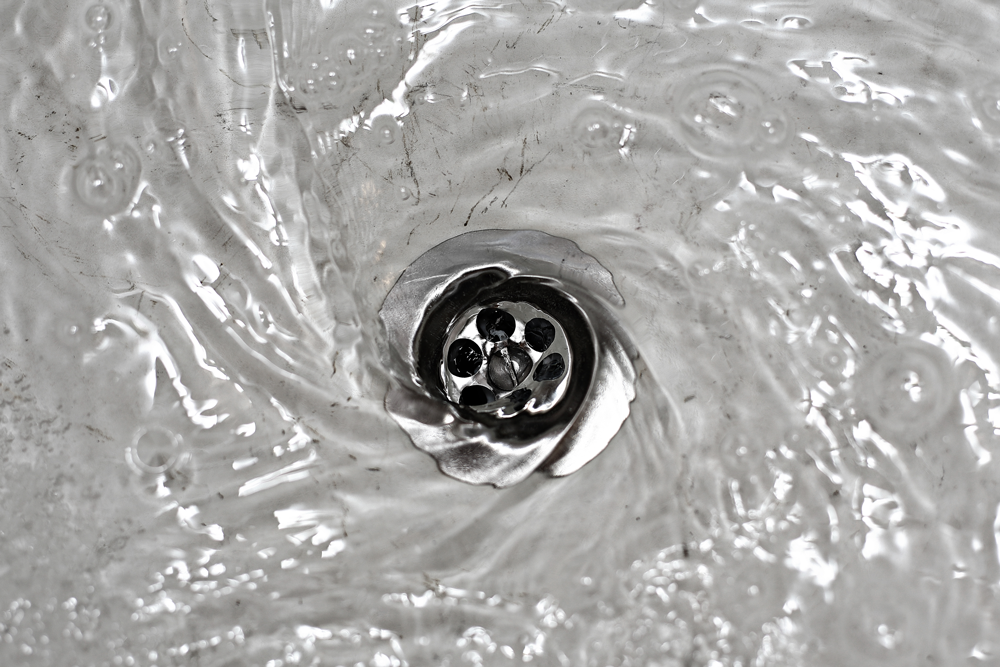



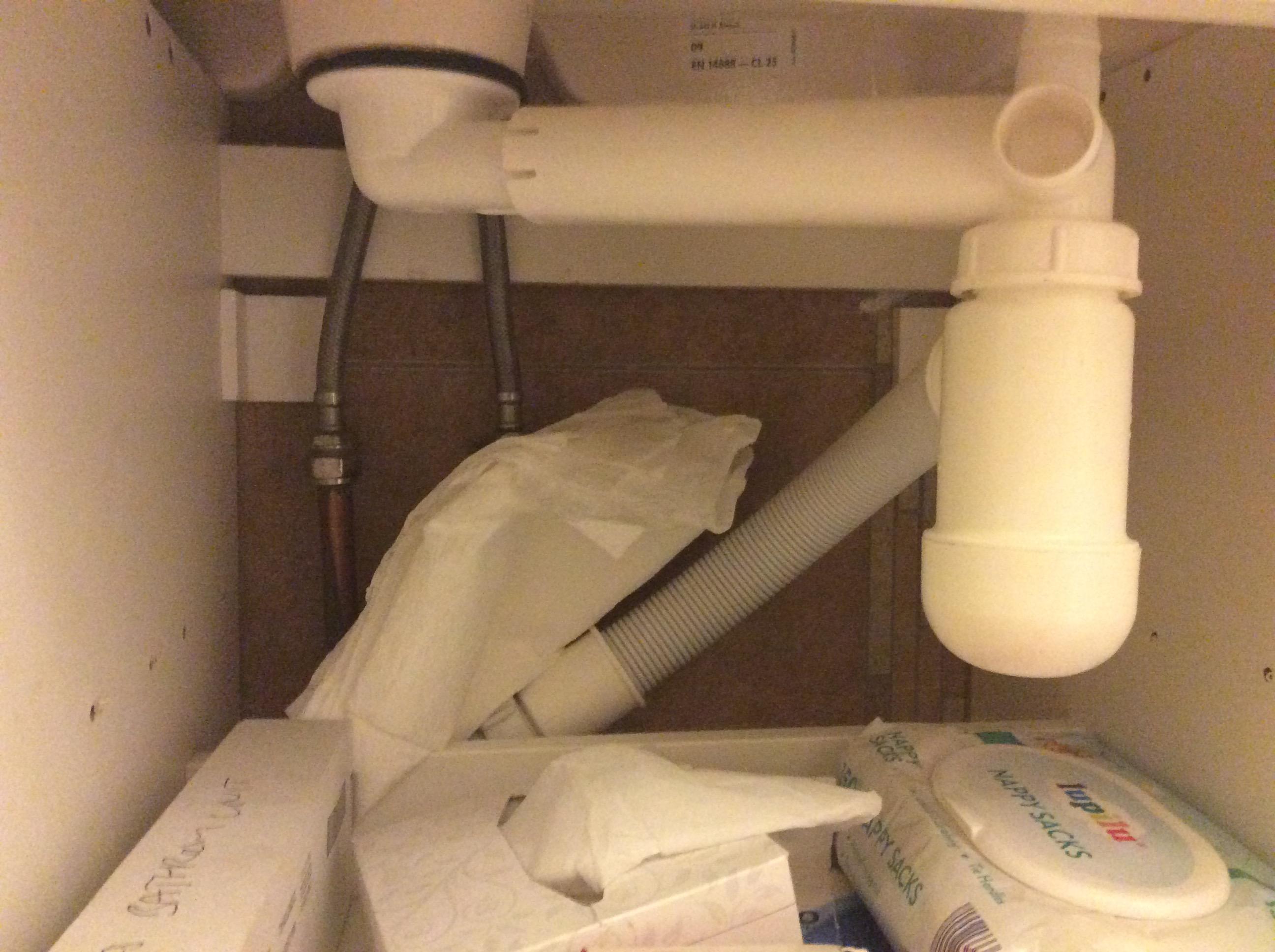
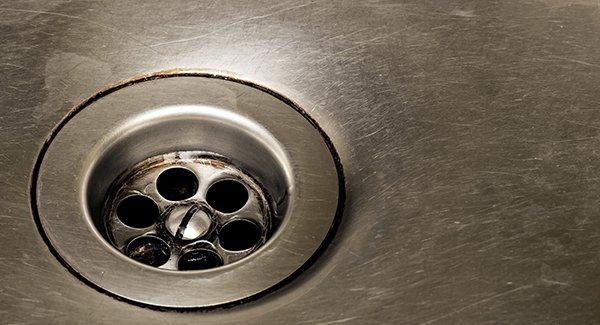



:max_bytes(150000):strip_icc()/freshen-and-unclog-drain-with-baking-soda-1900466-22-bbf940b70afa4d5abef0c54da23b1d3f.jpg)





